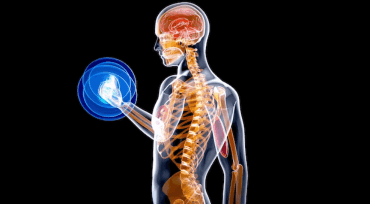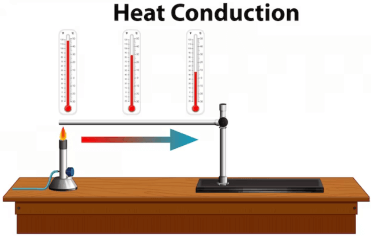Question
a.
True
b.
False
c.
May be True or False
d.
Can't say
Posted under Bioinformatics
Interact with the Community - Share Your Thoughts
Uncertain About the Answer? Seek Clarification Here.
Understand the Explanation? Include it Here.
Q. The basic assumption of the UPGMA method is that all taxa evolve at a constant rate and that they are equally distant from the root, implying that a molecular clock is in effect.
Similar Questions
Explore Relevant Multiple Choice Questions (MCQs)
Q. In the Neighbor Joining step, The UPGMA method uses unweighted distances and assumes that all taxa have constant evolutionary rates.
View solution
Q. Corrects for unequal evolutionary rates between sequences by using a conversion step. This conversion requires the calculations of “r-values” and “transformed r-values” using the following formula ______
View solution
Q. A generalized expression of the r-value is ri calculated based on the following formula _______
View solution
Q. The tree construction process is somewhat similar to that used UPGMA.
View solution
Q. Which of the following is untrue about the Optimality-Based Methods?
View solution
Q. Which of the following is untrue about the Fitch–Margoliash?
View solution
Q. Minimum evolution (ME) constructs a tree with a similar procedure, but uses a different optimality criterion that finds a tree among all possible trees with a minimum overall branch length. The optimality criterion relies on the formula S = ∑bi where bi is the (i)th branch length.
View solution
Q. Which of the following is incorrect statement about Character-based methods?
View solution
Q. Which of the following is incorrect statement about Maximum Parsimony Method?
View solution
Q. Which of the following is incorrect statement about Building Work of MP tree?
View solution
Q. Because these ancestral character states are not known directly, multiple possible solutions may exist. In this case, the parsimony principle applies to choose the character states that result in a minimum number of substitutions.
View solution
Q. The unweighted method treats all mutations as equivalent.
View solution
Q. Which of the following is incorrect statement about Tree-Searching Methods?
View solution
Q. Which of the following is incorrect statement about branch-and-bound?
View solution
Q. The branch-and-bound method starts building trees in a similar way as in the exhaustive method.
View solution
Q. When the number of taxa exceeds twenty, even the branch-and-bound method becomes computationally unfeasible.
View solution
Q. In a heuristic tree search, only a small subset of all possible trees is examined.
View solution
Q. Which of the following is incorrect about Bootstrapping?
View solution
Q. A truly robust phylogenetic relationship should have enough characters to support the relationship even if the dataset is perturbed in such away.
View solution
Q. Which of the following is incorrect about nonparametric bootstrapping?
View solution
Recommended Subjects
Are you eager to expand your knowledge beyond Bioinformatics? We've handpicked a range of related categories that you might find intriguing.
Click on the categories below to discover a wealth of MCQs and enrich your understanding of various subjects. Happy exploring!








